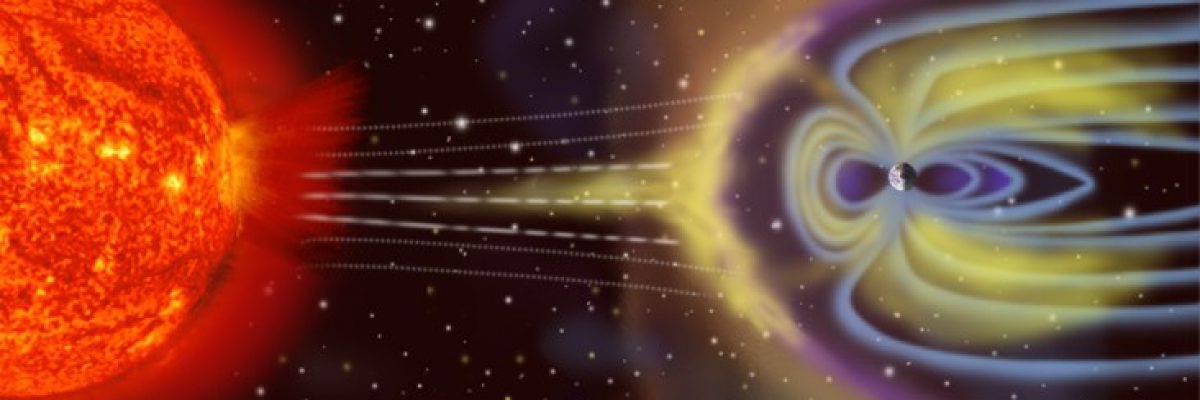The Earth’s magnetic field, also known as the earth’s geomagnetic field, extends from the center of the earth (the nucleus) toward space. Its size, on Earth, ranges from 25 to 65 microteslas (Tesla is a unit of of magnetic flux density).The magnetic field is formed at the core of our planet.
The core consists of metals in a molten state. Molten ironת swirling around heat convection currents creates an electric current. This formation method is quite chaotic and as a result an unpredictable complex magnetic pattern is created. The Earth’s magnetic field works to protect our planet by deflecting most of the sun’s solar wind, whose charged particles can damage Earth’s ozone layer.
The ozone is crucial to earth’s environment by protecting it from harmful ultraviolet radiation.Additionally, Earth’s magnetic field allows us to discover minerals buried in the ground by analyzing anomalies in the magnetic field. Also, the magnetic field serves as a platform for navigation for different animals as well as for humans (with the aid of a compass).The magnetic field is not constant. Between 1900 and 1980 it hardly changed, but for the past 40 years it has changed dramatically therefore requiring daily updates to various navigation apps.
The Arctic is the geographical North Pole. This is where all the longitude lines of the world converge – and our planet’s axis of rotation meets its outer surface. But today there is no certainty that our compass will point us directly there. Compasses indicate the magnetic north pole and not necessarily the geographical pole.vToday compasses will point us to a completely different destination – the Siberian region.Since the 1990’s, the magnetic north’s shift of movement is about 15 miles a year, last year it stood at 55 miles a year, which means the shift is accelerating, and scientists can’t explain the reason why. The hypothesis is that this is related to the molten iron found in the Earth’s core, but this is not easily modeled predicted.It is now known that some 800,000 years ago, the direction of the magnetic field was reversed. That is, the North Pole used to be was where the South Pole is today.
Periodic magnetic reversals are likely. In the last 20 million years, the magnetic field has been reversed approximately every 300,000 years. Today, we are about 500,000 years late, and so it is expected, perhaps even foreseeable, that in the future the poles of the earth will reverse.
The possible consequences of this reversal are unknown. The world we know may change. It is likely that migratory animals using magnetic navigation will suffer from this change. In addition, the magnetics’ field ability to protect us from the sun’s radiation may well be compromised.







